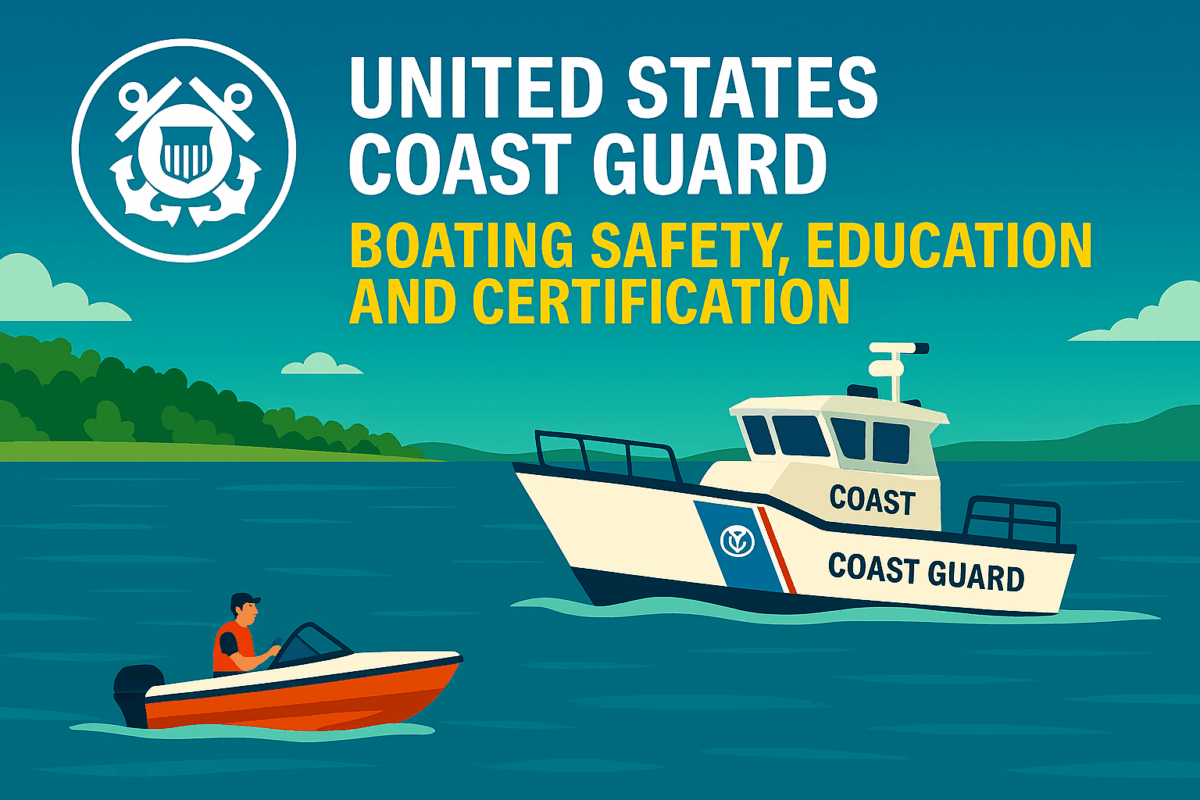Call: 1-800-832-7191

USCG on Pollution
Protecting Waters with USCG on Pollution
The U.S. Coast Guard plays a vital role in protecting marine environments. The USCG on pollution focuses on prevention, response, and enforcement.
Enforcing Environmental Laws
The Coast Guard enforces federal pollution laws across U.S. waters. Officers inspect vessels, investigate spills, and issue penalties when needed. These actions deter violations and promote cleaner boating practices.
USCG on Pollution and Responding Quickly to Spills
When pollution occurs, the USCG acts fast. Response teams contain oil, chemicals, and hazardous waste before they spread. Their swift action limits environmental damage and protects marine life. Coordination with local agencies ensures efficient cleanup efforts.
Educating the Boating Community
The USCG NPFC also emphasizes education. Outreach programs teach boaters how to prevent spills and handle waste responsibly. Training materials, public campaigns, and partnerships with marinas raise awareness and encourage compliance.
Supporting Long-Term Solutions
Beyond enforcement, the Coast Guard supports innovation. They work with researchers and industry leaders to improve pollution detection and response tools. These efforts help reduce future risks and strengthen environmental resilience.
Collaborating with Coastal Communities
The USCG on pollution works closely with coastal towns and cities. Joint efforts improve response times and strengthen local preparedness. Community partnerships also help identify pollution sources and prevent recurring issues. These collaborations build trust and promote shared responsibility for cleaner waterways.
Monitoring High-Risk Areas
Certain regions face greater pollution threats due to traffic, industry, or geography. The Coast Guard monitors these zones with advanced tools and patrols. Data collected helps predict future risks and guide enforcement strategies. Staying ahead of pollution trends protects both people and ecosystems.
USCG on Pollution is Encouraging Industry Accountability
The Coast Guard engages with shipping companies, marinas, and manufacturers to promote best practices. Clear guidelines and inspections ensure compliance with environmental standards. When businesses follow the rules, pollution decreases and waterways stay healthier. Give a hoot and don’t pollute!
